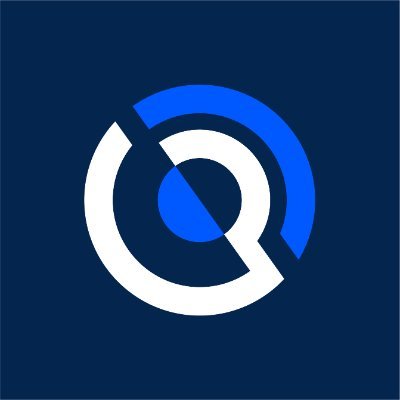US PPI jumped 3.3% in July, the highest annual gain since February

The U.S. Producer Price Index rose way more than anyone expected last month. According to the Bureau of Labor Statistics, PPI jumped 3.3% year-over-year in July, outpacing the Federal Reserve’s 2% target and sending a fresh wave of inflation concerns through financial markets.
This 12-month increase was the highest since February and came in far above economists’ estimates.
Month-on-month, PPI climbed 0.9%, marking the biggest single-month increase since June 2022. Analysts had forecast a much smaller 0.2% rise. Even after excluding food and energy, core PPI still went up 0.9%, while the version of the index that strips out food, energy, and trade services climbed 0.6%, the most since March 2022.
The data confirmed inflation isn’t done yet—and it’s quietly building up through the supply chain.
Service costs drive biggest increase since 2022
The push came mainly from the services sector. Service prices rose 1.1% in July, the biggest increase since March 2022. Inside that, trade services margins were up 2%, a jump tied to Donald Trump’s continued tariff strategies, which are now bleeding into domestic wholesale pricing. Machinery and equipment wholesaling alone accounted for 30% of that overall service increase, after spiking 3.8%.
It didn’t stop there. Portfolio management fees surged 5.8%, and airline passenger services prices climbed 1%, both adding fuel to the inflation fire. These increases show up before consumers even touch the products, giving a clear sign that price pressures are working their way through the pipeline.
That impact hit markets immediately. Stock futures pulled back sharply, and yields on short-term Treasury notes moved higher right after the numbers dropped. This wasn’t just noise—it was a direct reaction to inflation staying stronger than the Fed or investors were ready for.
While PPI doesn’t get the same spotlight as the consumer inflation report, it feeds into the Commerce Department’s personal consumption expenditures index (PCE), which the Fed uses to track inflation more closely than anything else. That next update is coming later this month and will carry a lot of weight in deciding whether interest rates shift again.
Traders dial back rate cut hopes as Fed faces pressure
Until this report, traders were all but certain the Federal Reserve would lower interest rates at its September meeting. That confidence was based on earlier CPI data that had come in line with expectations. But Thursday’s PPI surprise forced a rethink. The CME FedWatch Tool showed a small drop in the odds of a September cut right after the report hit.
Clark Geranen, chief market strategist at CalBay Investments, said the numbers suggest companies are still holding off on pushing higher costs to consumers, at least for now. “Businesses may soon start to reverse course and start passing these costs to consumers,” Clark warned.
Chris Zaccarelli, chief investment officer at Northlight Asset Management, said the report was “a most unwelcome surprise” and said it could shake confidence in a guaranteed cut next month. He also pointed out that inflation is “coursing through the economy, even if it hasn’t been felt by consumers yet.”
At the same time, the Bureau of Labor Statistics is facing internal issues. Earlier this month, President Trump removed the BLS commissioner and announced plans to nominate E.J. Antoni, an economist from the Heritage Foundation, to lead the agency. E.J. has been openly critical of the BLS and has floated the idea of suspending the monthly nonfarm payrolls report until its accuracy can be confirmed.
The July PPI release was also the first one to reflect major internal changes at the BLS. Due to budget cuts and staff reductions, the agency was forced to eliminate around 350 pricing categories from its data collection system. These cuts could affect how precise future inflation readings will be and raise even more questions about the numbers the market relies on.
KEY Difference Wire: the secret tool crypto projects use to get guaranteed media coverage
.jpg)




